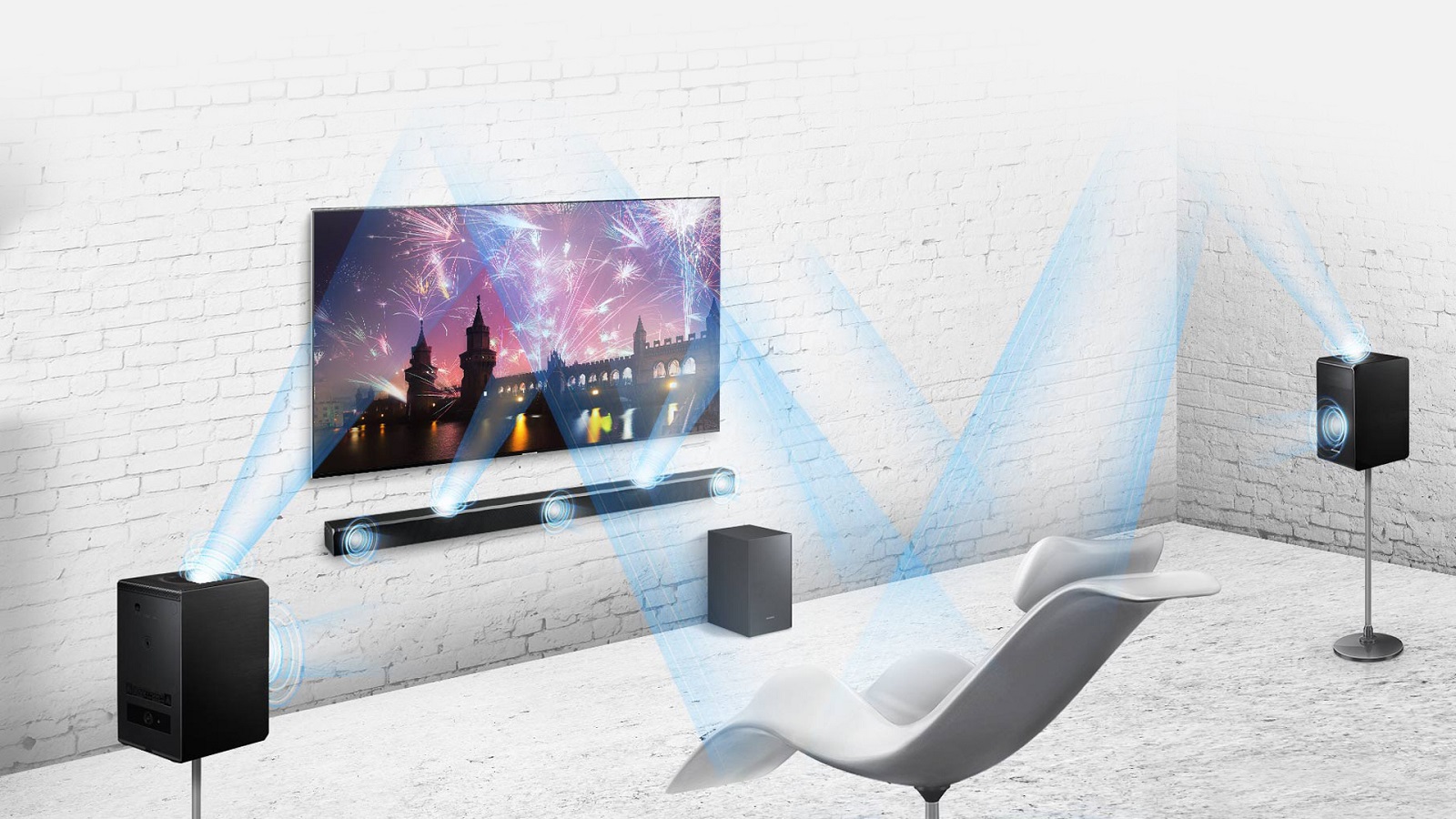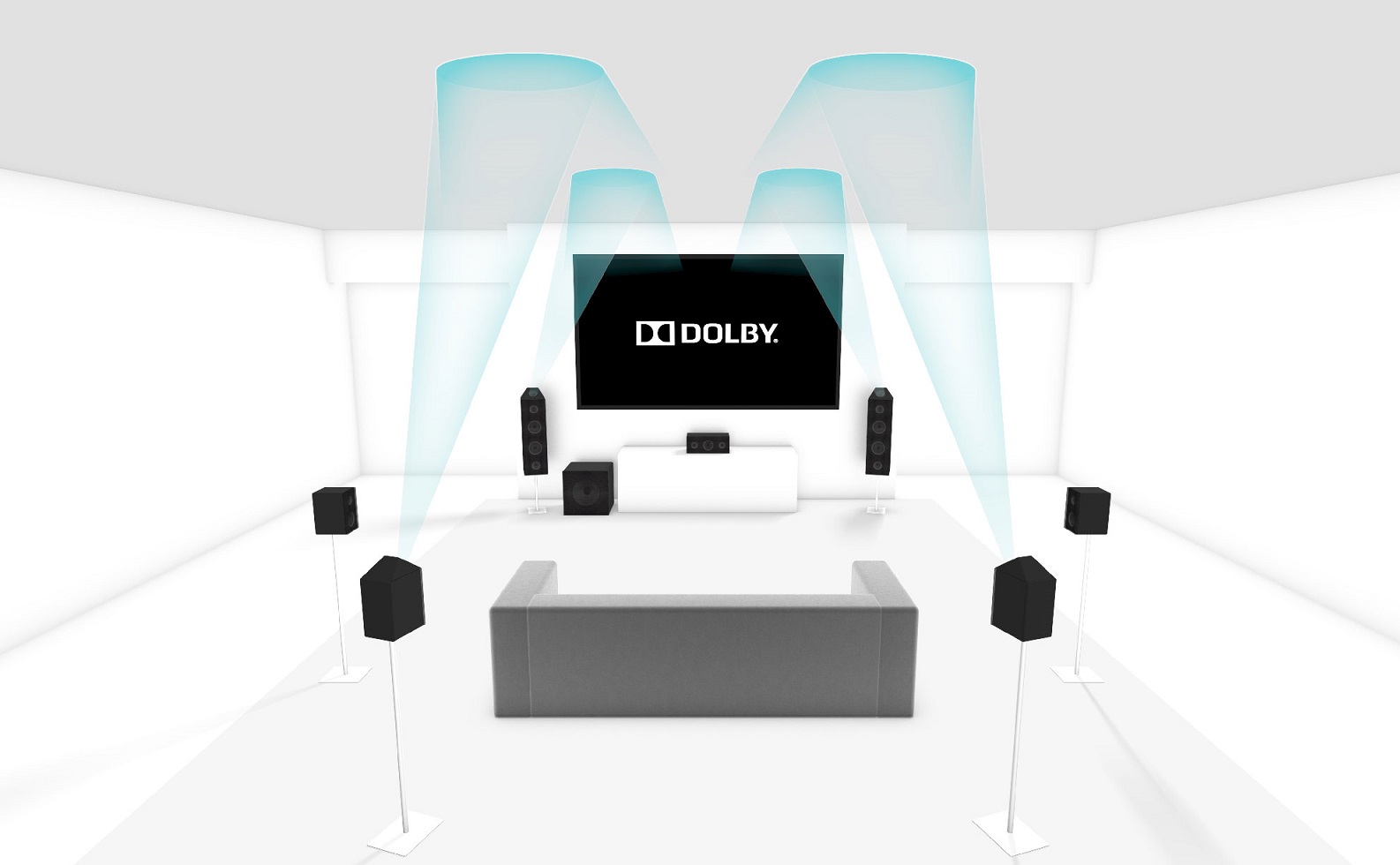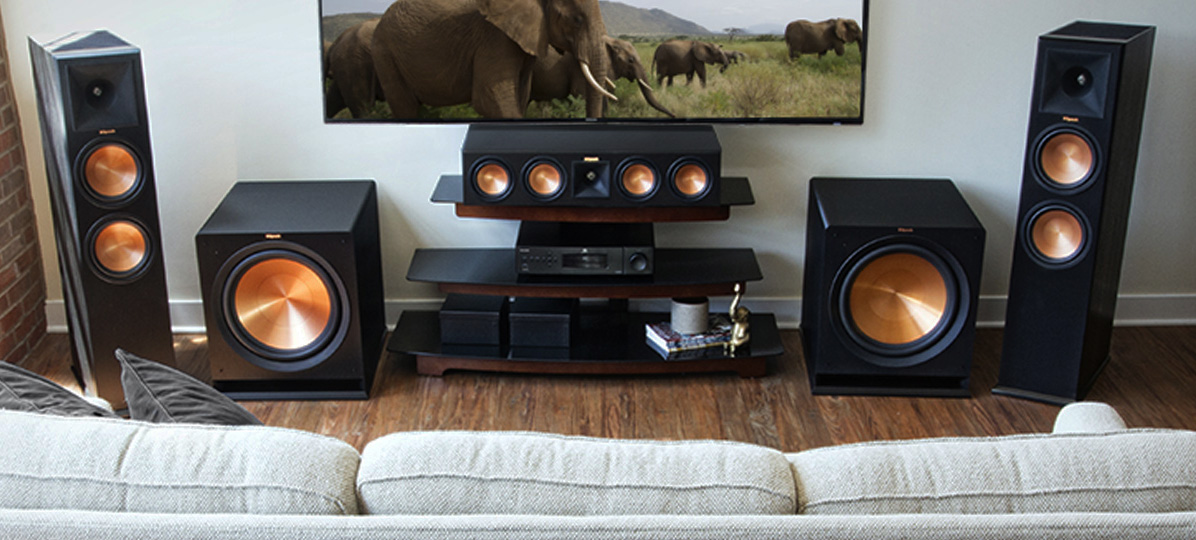Dolby Atmos is a new hotness when it comes to home theater hardware, but there are a number of different ways you can integrate Atmos into your system. Let us talk about the distinction between ” regular speakers’ vs Dolby Atmos Upfiring.
Of course, you are going to need to make some improvements to your home theater (in other words, invest some money) to satisfy Atmos.
The positive news is that the present Blu-ray player is likely to be entirely compliant because it is relatively recent.
Less than good news is that you are going to have to add or replace at least two — but preferably four — speakers. (You probably thought you needed more speakers anyway, right?)

The external speakers are those that can re-create the “overhead” sound. You would need at least two of these height speakers in the front of the house.
Dolby strongly encourages the use of a second pair of height speakers to expand the impact to the back of the house.
Dolby recommends to use regular speakers as Dolby Atmos Upfiring in most rooms. With no proprietary specifications, you can use any common off-the-shelf configuration, as long as it has a maximum range of up to 180 Hz or so, has adequate performance power, and is widely spread.
They will also suit your key speakers as similarly as possible. On-ceiling speakers pointed straight to the floor, maybe tiny bookcases or globe speakers, or slim on-wall-style versions, are a practical option—though, as with in-ceiling speakers, for a clean layout, cables behind the ceiling would be needed to be covered.

Dolby provides very detailed instructions as to whether to use Atmos-enabled or in-ceiling speakers, as well as when to mount or position each form of speaker you need.
When you update the machine yourself, access Dolby’s Dolby Atmos Home Theater Compatibility Instructions for White Paper. It includes a lot of very informative pics showing recommended angles, layouts and positions of installation.

